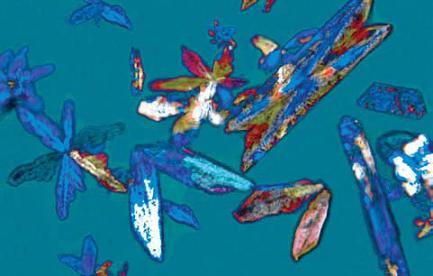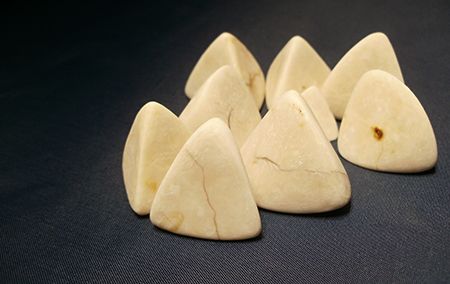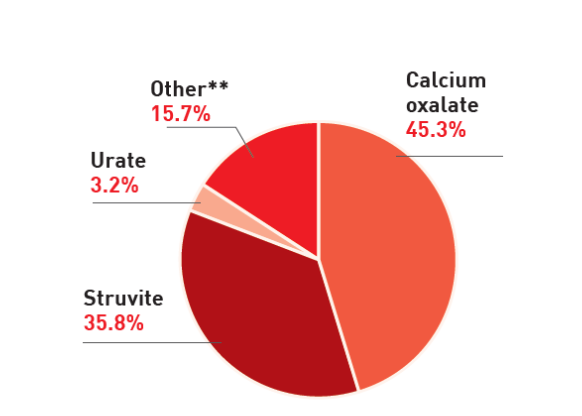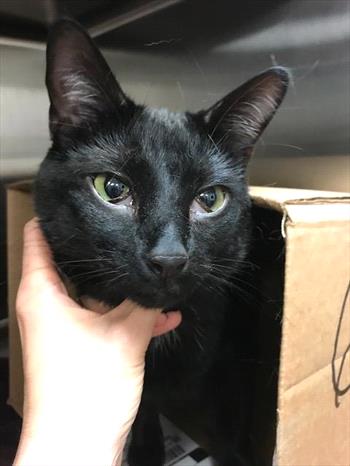Struvite Crystals In Cats Merck
The term cystitis does not imply a specific underlying cause.
Struvite crystals in cats merck. Struvite uroliths induced by infection are less common than sterile struvite uroliths. The initial diagnosis of flutd is based on the identification of signs of lower urinary tract inflammation. You may be alerted to this problem when you see your cat straining to urinate urinating outside the litter box urinating frequently has an increased thirst and or has cloudy or. Around half of all urinary stones in cats are struvite crystals.
Bladder stones struvite in cats. Struvite crystals are the most common form of mineral crystals that form in a cats urinary tract. These two types of stone account for 80 90 of cases of urolithiasis but others may also be seen. Some male cats can develop blockages in their urethras the tube through which urine travels out of the bladder from the tiny crystals or full blown stones can develop in a cat s urinary tract.
Cystitis is a general term referring to inflammation in the urinary bladder. Struvite specifically is a material that is composed of magnesium ammonium and phosphate. In cats diseases of the lower urinary tract bladder and urethra are often grouped under the term feline lower urinary tract disease flutd. Because struvite or magnesium ammonium phosphate crystals formed because of too much alkalinity in the feline diet commercial pet food manufacturers began acidifying their products.
The crystals themselves can be perfectly normal but become problematic when they combine to form grit or stones of varying shapes and sizes. Just as in humans cats can develop stones in their bladder. Blocked cats are an emergency. Blastomycosis is a systemic fungal infection affecting dogs and cats.
Struvite crystals are microscopic crystals that are found in the urine of some cats. Breast cancer happens in companion animals. In cats the most common stones are generally composed of either magnesium ammonium phosphate known as struvite or calcium oxalate. Calcium oxalate stones are now the most common stone found in the urinary tract and kidney although their cause is unknown.
A generation ago struvite crystals and stones were commonly found in cats with urinary tract disease with calcium oxalate stones and crystals relatively rare. Bloody nose epistaxis in dogs and cats. An additional type of struvite urolith in cats consists of a sterile struvite nidus that predisposes to urinary tract infection with urease producing bacteria and subsequent formation of infected struvite laminations around the sterile nidus.













































